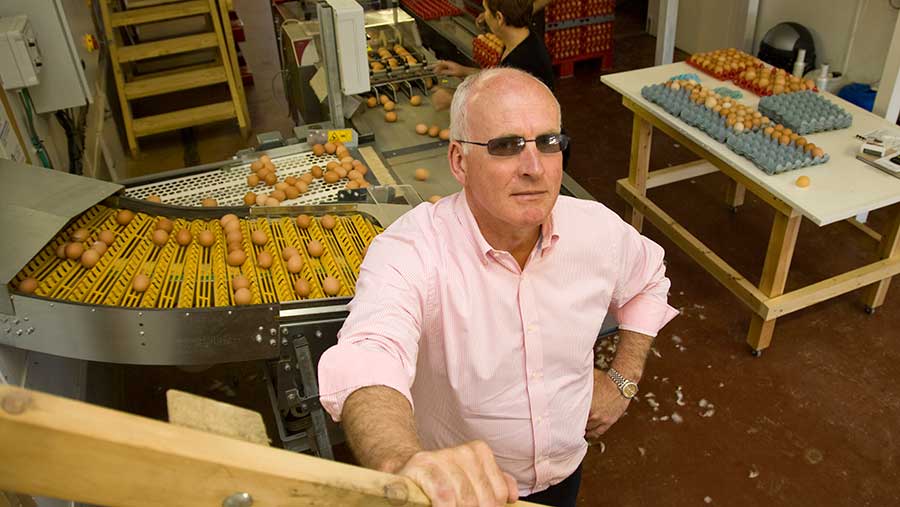Egg Bussniess Getting Started
 One of the most practical ways to get started is to begin with a flock of up to 1,000 birds and use existing facilities when feasible. A unit of this size allows you to learn the necessary production and marketing skills without making a large investment. Costs are limited to a layer house, nests, and feed and watering equipment.
One of the most practical ways to get started is to begin with a flock of up to 1,000 birds and use existing facilities when feasible. A unit of this size allows you to learn the necessary production and marketing skills without making a large investment. Costs are limited to a layer house, nests, and feed and watering equipment.
Start your flock with young pullets (16-18 weeks old) from a reputable dealer. Buy birds that are ready to begin producing eggs. Make sure they are certified by the National
Poultry Improvement Plan (NPIP) to be free of Salmonella pullorum, Salmonella typhoid, Salmonella enteritidis, and mycoplasma. A list of NPIP hatcheries is available from the USDA. Before your pullets arrive, check that their litter is dry and all feeders and drinkers are clean and in good working order.
Check for any local ordinances that may prohibit the keeping of poultry at your location. Often these ordinances prohibit the type or number of birds you can keep in one location. Residential associations for some communities may have even more restrictions on the keeping of livestock within their jurisdictions. Please review these ordinances for any concerns prior to starting your enterprise.
More than sixty breeds of chickens are used for commercial poultry production. Many breeds lend themselves to either egg or meat production and some breeds may be used for both (i.e., dual purpose). Most breeds producing white eggs efficiently tend to be lean, light in weight, and do not lend themselves to meat production. Most breeds producing brown eggs are larger, heavier bodied, and when finished laying can be used as roasting chickens.